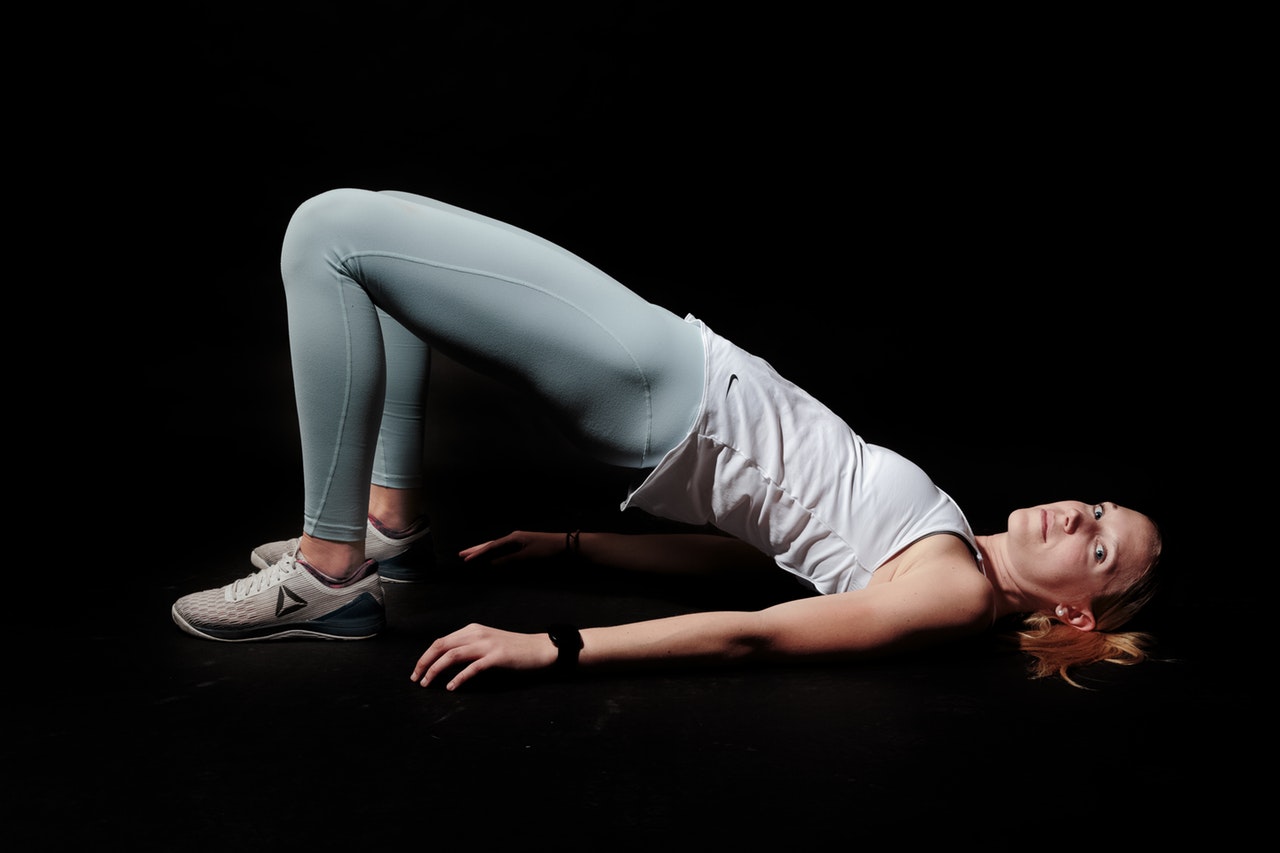First and foremost, do something that you enjoy! I would love to be able to say “everyone should be doing this type of exercise”, but as we are all unique and individually made, the not so simple answer is IT DEPENDS!! So what does it depend on?
- YOUR CURRENT GOALS. If you are training for a marathon, I am not going to tell you to stop running because it’s not good for you in your 40’s!
- YOUR CURRENT INJURIES. You may be dealing with ongoing injuries or have sore and painful joints
- YOUR SLEEP. Telling you to go to do 3 HIIT (high intensity interval training) sessions a week will not be beneficial if you are not sleeping well, especially if done in the evenings!
- YOUR STRESS LEVELS. Exercise is a stress, so adding to this with the wrong type of exercise will just make things worse. Adding the right type will make things better!
- YOUR TIME. Most people think that they have to schedule in an hour each time they exercise. However, this can be broken down into small and manageable chunks, even as small as 5 minutes a day!
- YOUR MOTIVATION. Maybe you are the kind of person who needs to have an event to train for, or you need a group session or a coach to make you work harder.
- YOUR CURRENT HORMONE SYMPTOMS: Women especially, start to suffer with PERIMENOPAUSAL symptoms in our 40’s. Some of us suffer with none (how lucky?!), some will suffer with a few or some of us will experience full on raging symptoms!
This is not an exhaustive list, just an example of how different we all are and how individual our needs are. However, you DO need to be armed with the correct information so that you can make the right decision for YOU!
Let’s look at some of the options.
Physical Health
Women have oestrogen receptors all over the body so therefore the decrease in oestrogen can affect us from inside out. There are 2 main areas to consider:
The Heart: The decrease in oestrogen affects the arteries in our heart, making women more at risk of heart disease as oestrogen declines. This means that is it really important to become ‘breathless’ when we exercise to keep the heart healthy. Try and get breathless for around 10 minutes a day, or you could do longer sessions of 20 minutes 3-4 times a week. Try and aim for a minimum of 90 mins per week. This doesn’t all have to be done in one session, so work out how you can break this down into small chunks during the week. eg fast walking to places, walk/run up the stairs, cycle to work or the shops…..it doesn’t matter as long as you are breathless.
The Bones: Osteoporosis is known as the ‘silent’ killer as many people don’t know that they have it until they fall and break a bone. Hormonal changes and imbalances, especially low oestrogen levels in women and low levels of testosterone in men can decrease bone mass and are major factors in the cause of osteoporosis. Women suffer from osteoporosis more than men largely because of a decrease in hormones after menopause.(1) The major sites for this disease are wrists, shoulders, hips and spine. Therefore we need to target those areas with bone loading such as bodyweight exercises (push ups, tri-cep dips, lunges, squats, bridge, superman). Once you have mastered these moves, increasing the resistance can be done using resistance bands, dumbbells, kettlebells or machines in the gym. If you prefer group training, find a class that incorporates these moves. That way you can also be checked that are doing them with good form! Running, jumping and skipping are great for loading the hips and lower spine, just look at doing additional things for your wrists, shoulders and upper spine (we totally want to avoid having a ‘hunch’ when we get older!)
Mental Health
Anxiety, depression, stress and sleep: There have been more studies recently that proves that exercise will help with depressions and anxiety. (2) Becoming more active will help us think clearer and help our bodies unwind and help with sleep. When we become breathless, the ‘feel good’ receptors in our brain release chemicals such as endorphins and serotonin. This leads to improved self-esteem, which is a key psychological benefit of regular physical activity. Endorphins also trigger a positive feeling in the body and act as a sedative therefore helping with sleep. Another type of activity we should look at is some kind of ‘mindful’ or ‘meditation’ such as Yoga. The mind needs some quiet time too and mindful movement is such a great way to learn about your body and it’s strengths and weaknesses. This is a great stress reliever!
As you can see, getting breathless is beneficial for the heart and and our mental health, but you have a choice about how you do that whether fast walking, running, swimming, cycling, etc.
Be aware that some are better for the bones than others (running will be better swimming for the lower spine and hips due to the impact). We need to load the bones to get them stronger, which means loading the muscles, especially around those vulnerable joints. We need to consider our mental health too when making these choices.
It may seem like a minefield and that’s why I have put together my daily habits programmes especially for peri and menopausal women, which covers this and much more! Come and join us!

Recent Comments